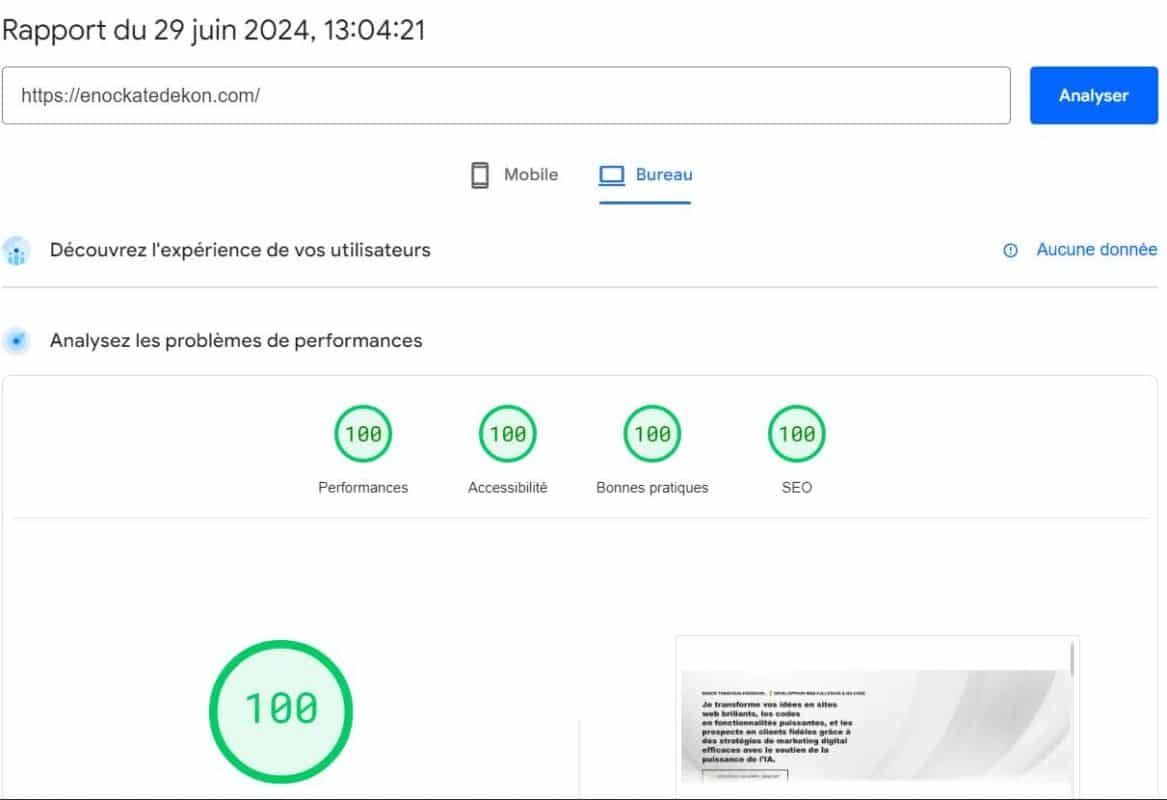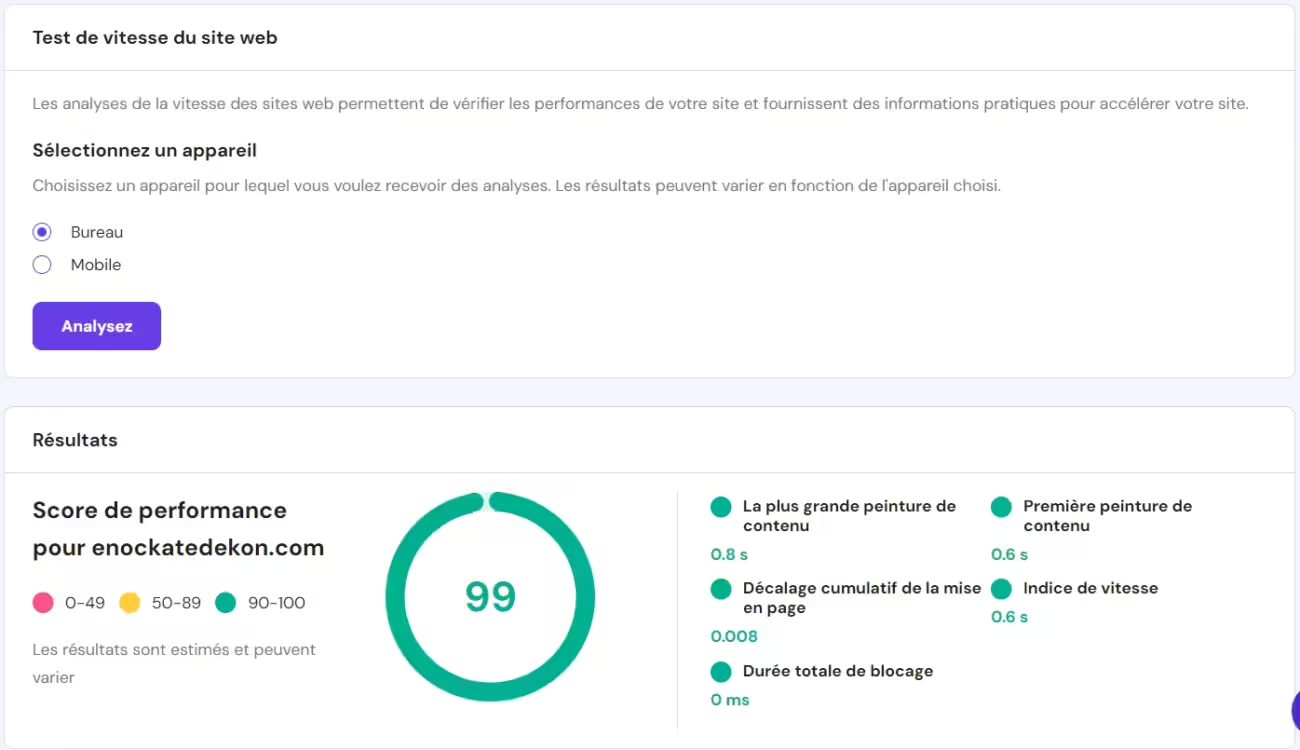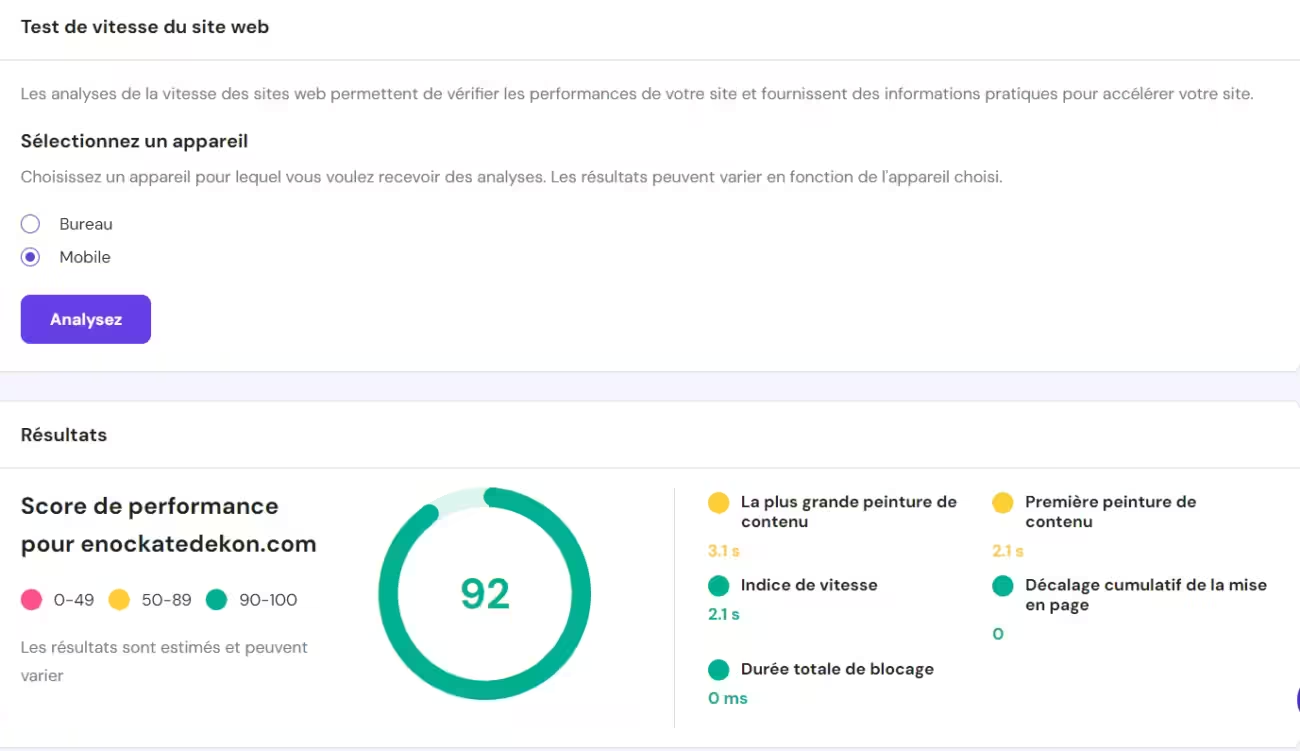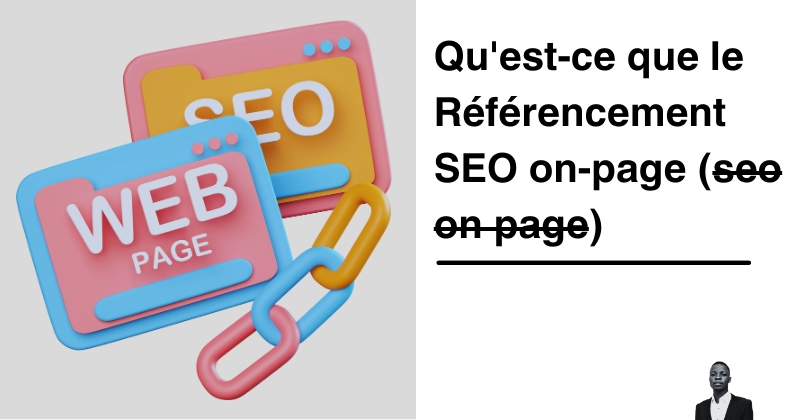Referencing SEO on-page (seo on page), also known as on-page optimization" is an essential part of improving your website's visibility on search engines like Google. This involves various practices and techniques applied directly to the pages of your site to make them more attractive to search engines and, consequently, easier for users to find.



Key elements of on-page SEO
- Keywords: Use relevant keywords in your titles, descriptions and content. These are the terms people type into search engines to find information.
- Headings and subheadings (H1, H2, H3...) : Structure your content with headings and subheadings. This helps search engines as google understand the hierarchy and importance of information on your page.
- Meta tags: Include meta tags, such as the meta description, which summarize the content of your page. Although not visible to visitors, they help search engines understand what your page is about.
- Content: High-quality, relevant and original content. The more your content answers users' questions, the more it will be valued by search engines.
- Images and alt tags: Use optimized images and add alt tags (text descriptions of images). This helps search engines index your images correctly.
- Internal Links: Include links to other pages on your site. This helps keep visitors on your site longer and improves the indexing of your pages by search engines. Why is On-Page SEO important?
- Better Visibility: By optimizing your site for search engines, you increase your chances of appearing at the top of search results. That means more potential visitors.
- Enhanced user experience: A well-structured, easy-to-navigate site improves the user experience. Visitors find it easier to find what they're looking for, which can increase the time spent on your site and reduce the bounce rate.
- Precise targeting: On-page SEO enables you to target specific keywords, attracting visitors interested in what you have to offer. This translates into more qualified visitors and higher conversion rates.
- Competitive advantage: An optimized site is more likely to outperform its competitors in search results. This can be a major advantage in a competitive market.
- Cost-effective: Compared to other online advertising methods, SEO is highly cost-effective. Once optimized, your site continues to attract visitors without ongoing advertising costs.
So on-page SEO is an essential strategy for making your website more visible, attractive and effective. By applying these techniques, you can attract more visitors, improve their experience and, ultimately, achieve your online business goals.
Comparative Analysis of Two Sites
When comparing two competing sites, one of which has optimized its home page for SEO and the other has not, the differences in performance and visibility quickly become apparent. Let's take the case of "Site A" (optimized) and "Site B" (non-optimized).
Site A has implemented an effective on-page SEO strategy: relevant keywords are integrated into titles, descriptions and content, meta tags are well filled in, and the page structure is clear thanks to the use of headings and subheadings (H1, H2, H3, etc.). In addition, images are optimized with alt tags, and internal links are used to improve navigation.
Site B, on the other hand, has not taken these steps. Keywords are absent or misused, meta tags are missing or incomplete, and the page structure is confusing. Images have no alt tags, and there are no internal links to guide users.
Results :
- Search engine visibility: Site A appears on the first page of search results for several targeted keywords, attracting significant organic traffic. Site B, on the other hand, struggles to rank and often remains beyond the second page, receiving far fewer visitors.
- User experience: Site A visitors can easily find the information they're looking for thanks to clear navigation and well-structured content. This results in a longer time spent on the site and a lower bounce rate. Site B offers a frustrating user experience, resulting in a high bounce rate and reduced time spent on the site.
- Conversion rate: Thanks to improved visibility and an optimized user experience, Site A converts more visitors into customers or leads. Calls to action are visible and information is accessible. Site B, with its low visibility and poor user experience, generates far fewer conversions.
In conclusion, the on-page SEO optimization of Site A's homepage significantly improved its overall performance, demonstrating the crucial importance of these practices for any website seeking to stand out and attract more qualified visitors.




